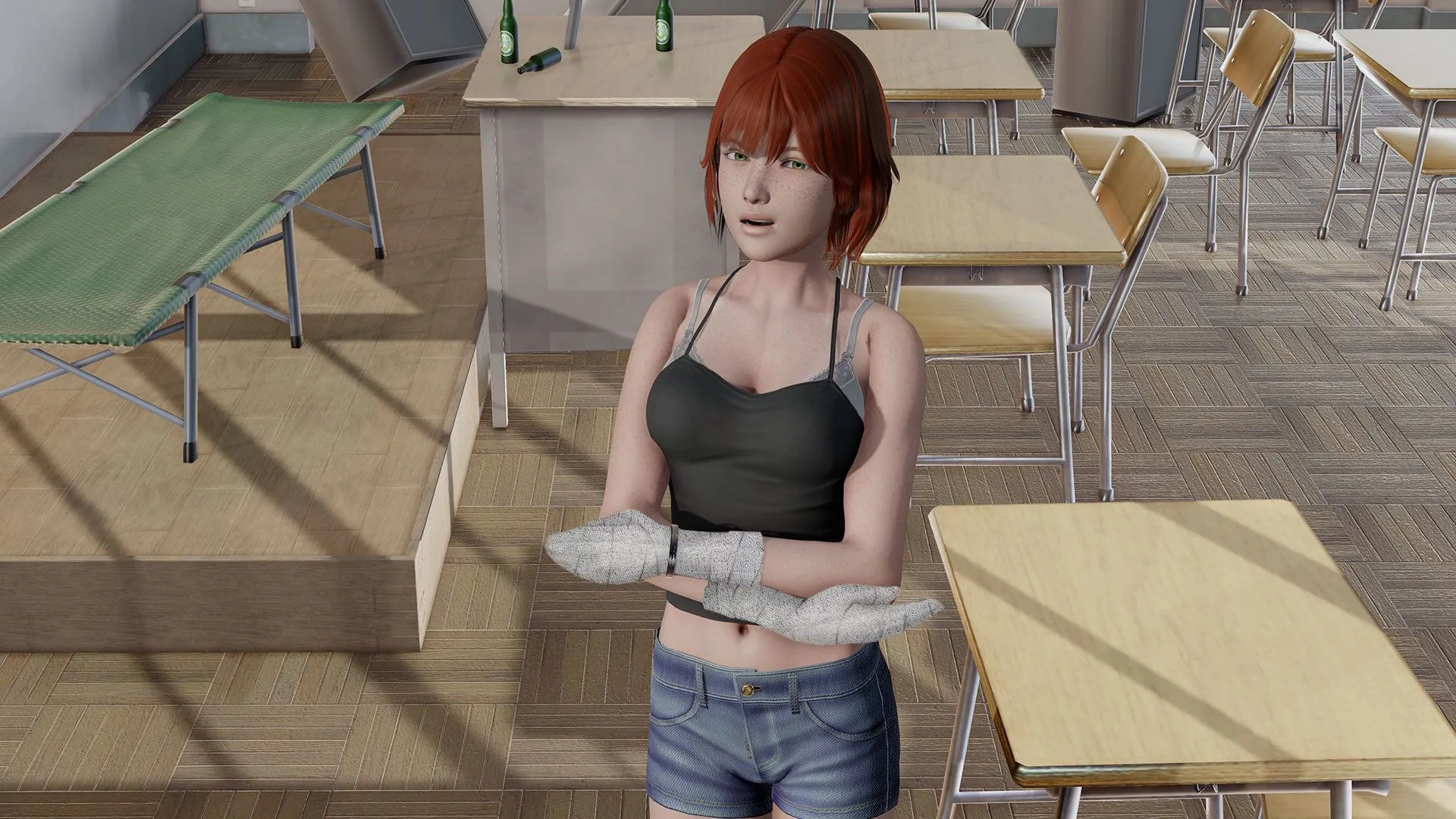
Rainy Day
Play Rainy Day
Rainy Day review
Analyzing Narrative Depth in Modern Character-Driven Experiences
In an era where interactive storytelling pushes creative boundaries, Rainy Day emerges as a thought-provoking exploration of moral ambiguity. This character-driven experience blends supernatural elements with mature themes, challenging players through consequential decision-making. Our analysis examines how its branching narratives and atmospheric design create impactful player engagement while maintaining artistic integrity.
Narrative Architecture and Player Agency
Narrative Architecture and Player Agency
Picture this: you’re playing a game where every choice feels like tossing a pebble into a pond, but instead of ripples, you get tsunamis. 🌊 That’s Rainy Day in a nutshell—a masterclass in branching narrative design where your decisions don’t just nudge the story; they reshape it. Gone are the days of “illusion of choice” tropes—this game locks you in a dance with consequences, and your moves matter.
Let me tell you about the time I accidentally turned a side character into the main villain because I forgot to return their library book. Seriously. The game’s consequential decision-making system is so finely tuned that even seemingly trivial actions can spiral into jaw-dropping twists.
Branching Dialogue Systems and Consequences
Rainy Day doesn’t just hand you dialogue options—it hands you a loaded gun. 💥 Using the REN’Py engine’s flexibility, the game weaves a non-linear progression system that feels less like a flowchart and more like a choose-your-own-adventure novel penned by a chaos gremlin. Every conversation branches into multiple paths, each with its own butterfly effect. Choose to comfort a grieving friend, and you might unlock a heartfelt subplot. Crack a joke instead? Prepare for a passive-aggressive tirade that haunts you three chapters later.
What’s wild is how the game tracks your moral compass. Your choices aren’t just “good” or “bad”—they’re nuanced, messy, and deeply human. For example:
– Stealing medicine for a sick child might save a life… but also empower a black-market syndicate.
– Reporting a crime could uphold justice… or paint a target on your back.
These interactive storytelling techniques culminate in 11 distinct endings, ranging from bittersweet solitudes to apocalyptic meltdowns. It’s like life, but with better soundtrack options. 🎶
| Game | Branching Paths | Ending Variations | Choice Impact Visibility |
|---|---|---|---|
| Rainy Day | 48+ | 11 | Immediate & Long-term |
| Title X | 12 | 3 | Mostly Cosmetic |
| Title Y | 22 | 5 | Short-term Only |
Supernatural Elements as Narrative Devices
Here’s where Rainy Day gets weird (in the best way). The game uses supernatural elements not as cheap jump scares, but as environmental narrative cues. Ever seen a ghost who roasts your life choices while sipping spectral coffee? ☕ That’s just Tuesday in this universe. The fourth-wall-breaking sequences—like a sentient loading screen mocking your save-scumming habits—add layers of dark humor that keep the tone from collapsing under its own weight.
Weather isn’t just ambiance here. Rain isn’t just rain—it’s a metaphor for regret, washing away secrets or drowning opportunities. Sunny days? They’re traps. 🌞 The game lulls you into complacency with bright skies, only to blindside you with emotional gut-punches. It’s like the environment itself is a character, whispering clues through dripping eaves or the way shadows cling to certain buildings.
Pro Tip: Always check umbrellas in scenes. They’re often hiding character motivation systems—like a hidden letter tucked into the folds, revealing why your ally really joined your cause.
Character Development Through Environmental Storytelling
You know that moment when you walk into a room and instantly get someone’s vibe? Rainy Day weaponizes that feeling. Instead of dumping backstories via lengthy monologues, it lets environments do the talking. A cluttered desk with unpaid bills and a half-finished novel? That’s your snarky mentor’s midlife crisis, served cold. ❄️
Collectible documents—like diary pages, grocery lists, or cryptic sticky notes—act as breadcrumbs. One player found a love letter stuffed in a library book, which later became a key piece of evidence in exposing a conspiracy. Another discovered a recipe for “disaster chili” that tied into a character’s childhood trauma. 🥘
The genius lies in how these environmental narrative cues tie back to character motivation systems. Every object, every weather shift, every offhand remark is a thread in a larger tapestry. Miss one, and the picture stays incomplete—but the game never punishes you for it. Instead, it rewards curiosity like a generous grandma with a cookie jar. 🍪
Fun Fact: The devs hid a fully playable mini-game inside a character’s dream sequence. Finding it requires clicking a specific raindrop in Chapter 4. No, I won’t tell you which one.
Why This All Matters
At its core, Rainy Day isn’t just a game—it’s a lab experiment in interactive storytelling techniques. It proves that players don’t need hand-holding; they need agency. The freedom to fail, to misinterpret, to forge connections (or burn bridges) creates stories that feel uniquely theirs.
So next time you boot up the game, remember: that puddle isn’t just water. It’s a mirror, reflecting the consequences of every choice you’ve made—and the ones you’ve yet to face. 🌧️
Rainy Day demonstrates how mature themes can enhance narrative depth when integrated with purposeful gameplay mechanics. Its success lies in balancing player agency with carefully crafted character arcs, offering a blueprint for meaningful interactive storytelling. For those interested in narrative innovation, experiencing its choice-driven scenarios firsthand remains essential.





















